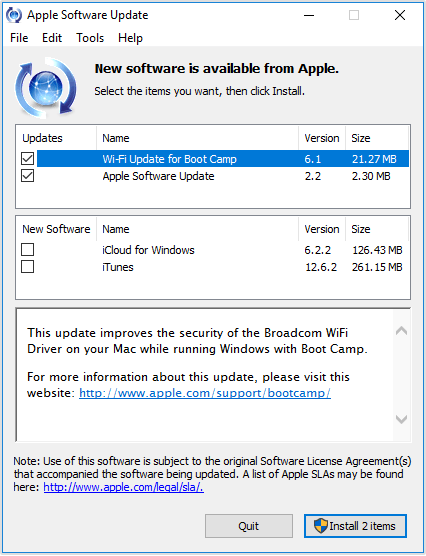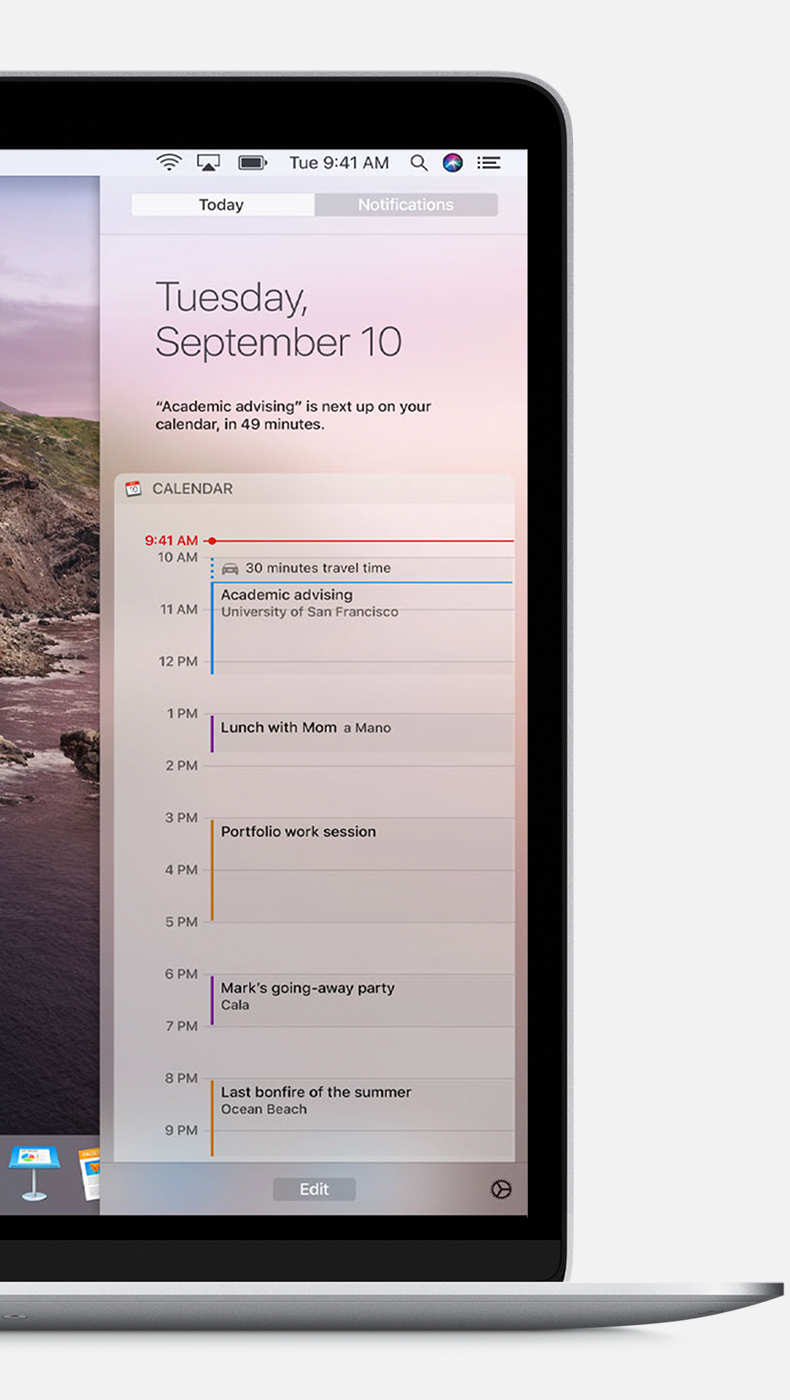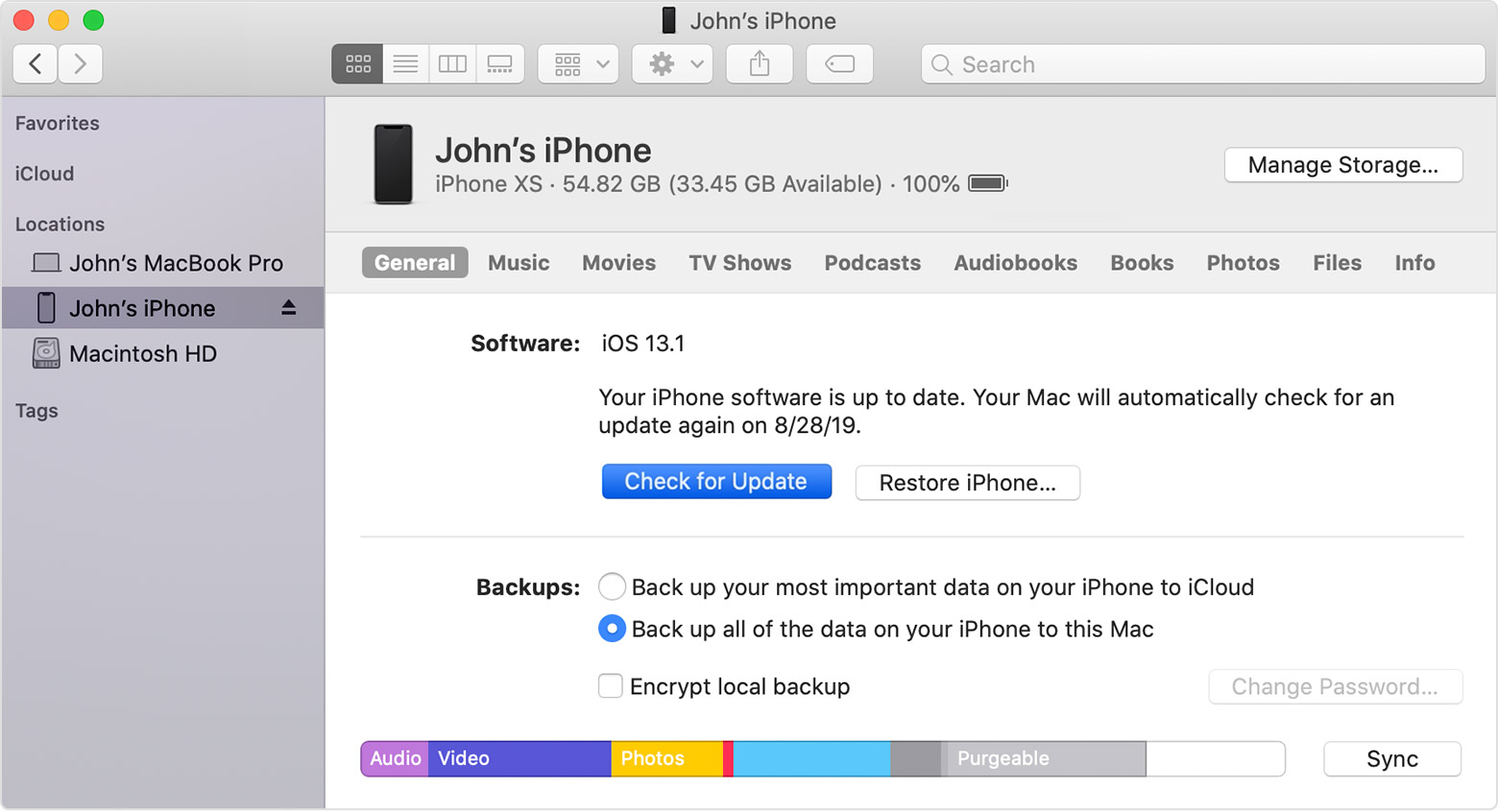The macOS Mojave 10.14.4 update adds support for Apple News+, includes bug fixes and improvements, improves the stability and reliability of your Mac, and is recommended for all users. Click 'Update' next to any available update to install it. The update will begin downloading immediately, and will install as soon as it finishes downloading. You'll see both app updates and system updates in the list of available updates (if any are available). To avoid these scenarios, disable auto update downloads. Disabling auto-downloading macOS updates. 1) On your Mac, go to System Preferences → App Store. 2) To prevent your Mac from downloading macOS updates and app updates without asking you first, deselect “Download newly available updates in the background.”. Make sure Automatically keep my Mac up to date is checked. Select the Apple Menu, then App Store. Select the App Store menu, then Preferences. Make sure Automatic Updates is checked. MacBook, MacBook Pro, and MacBook Air must have the power adapter plugged in to automatically download updates.
Choose System Preferences from the Apple menu , then click Software Update to check for updates.
If any updates are available, click the Update Now button to install them.
Or click ”More info” to see details about each update and select specific updates to install.
How do I update my iOS on my Mac?
To download the new OS and install it you’ll need to do the next:
- Open App Store.
- Click Updates tab in the top menu.
- You’ll see Software Update — macOS Sierra.
- Click Update.
- Wait for Mac OS download and installation.
- Your Mac will restart when it’s done.
- Now you have Sierra.
How do I check for software updates on my Mac?



Here’s how to set the Software Update application to automatically check for updates:
- From the Apple menu, select System Preferences.
- Click Software Update.
- Select the Check for updates checkbox.
- From the Check for updates menu, select a time interval, such as daily or weekly.
How do I update Mojave on Mac?
MacOS Mojave is available as a free update via the Mac App Store. To get it, open the Mac App Store and click the Updates tab. MacOS Mojave should be listed at the top after it’s released. Click the Update button to download the update.
Can I upgrade operating system on Mac?
Upgrading from OS X Snow Leopard or Lion. If you’re running Snow Leopard (10.6.8) or Lion (10.7) and your Mac supports macOS Mojave, you will need to upgrade to El Capitan (10.11) first. Click here for instructions.
How do you update Apple Mac?
How to update the software on your Mac
- Choose System Preferences from the Apple () menu, then click Software Update to check for updates.
- If any updates are available, click the Update Now button to install them.
- When Software Update says that your Mac is up to date, macOS and all of its apps are also up to date.
What do I do if my Mac won’t update?
If you’re positive that the Mac isn’t still working on updating your software then run through the following steps:
- Shut down, wait a few seconds, then restart your Mac.
- Go to the Mac App Store and open Updates.
- Check the Log screen to see if files are being installed.
- Try installing the Combo update.
- Install in Safe Mode.
Should I update my Mac?
The first, and most important thing you should do before upgrading to macOS Mojave (or updating any software, no matter how small), is to back up your Mac. Next, it is not a bad idea to think about partitioning your Mac so you can install macOS Mojave in tandem with your current Mac operating system.
How do I manually update my Mac?
To install updates manually on your Mac, do one of the following:
- To download macOS software updates, choose Apple menu > System Preferences, then click Software Update.
- To update software downloaded from the App Store, choose Apple menu > App Store, then click Updates.
What is the most up to date Mac OS?
The latest version is macOS Mojave, which was publicly released in September 2018. UNIX 03 certification was achieved for the Intel version of Mac OS X 10.5 Leopard and all releases from Mac OS X 10.6 Snow Leopard up to the current version also have UNIX 03 certification.
Should I update my Macbook Pro to Mojave?

Many users will want to install the free update today, but some Mac owners are better off waiting a few days before installing the latest macOS Mojave update. macOS Mojave is available on Macs as old as 2012, but it’s not available to all Macs that could run macOS High Sierra.
Can my Mac run Sierra?
The first thing to do is check to see if your Mac can run macOS High Sierra. This year’s version of the operating system offers compatibility with all Macs that can run macOS Sierra. Mac mini (Mid 2010 or newer) iMac (Late 2009 or newer)
How do I upgrade my Mac from Sierra to Mojave?
If your Mac is running El Capitan, Sierra, or High Sierra, here’s how to download macOS Mojave.
- Click on the Apple icon in the upper left corner of your screen.
- Click on App Store.
- Click on Featured.
- Click on macOS Mojave in the Mac App Store.
- Click on Download under the Mojave icon.
What is the latest version of Mac OS?
Wondering what the latest version of MacOS is? It is currently macOS 10.14 Mojave, although verison 10.14.1 arrived on 30 October and on 22 January 2019 version 10..14.3 bought some necessary security updates. Prior the launch of Mojave the most recent version of macOS was the macOS High Sierra 10.13.6 update.
What version of OSX do I have?
First, click on the Apple icon in the top left corner of your screen. From there, you can click ‘About this Mac’. You’ll now see a window in the middle of your screen with information about the Mac you’re using. As you can see, our Mac is running OS X Yosemite, which is version 10.10.3.
How do I update my Mac from 10.13 6?
Or click on the menu in the manu bar, select About This Mac, and then in the Overview section, click on the Software Update button. Click on Updates in the top bar of the App Store app. Look for the macOS High Sierra 10.13.6 Supplemental Update in the listing.
How can I update my Apple laptop?
Here’s how to get the update:
- Make sure that you’re on a trusted network such as your home or work connection.
- Back up your Mac using Time Machine or another backup system.
- Make sure your Mac is plugged in if it’s a laptop.
- Tap the Apple icon at the top left of your Mac’s main menu bar, and choose “Software Update”
How do I update my Mac photos?
Update iPhoto or Aperture to the latest version, and then open your library. To check for updates in iPhoto, open the iPhoto menu and choose “Check for Updates”; in Aperture, head to the Aperture menu instead. (The latest version of iPhoto is 9.6.1, and the latest version of Aperture is 3.6.)
How do I update browser on Mac?
If you want to manually check for updates and install them, follow these steps:
How To Update Macbook Pro
- Open Software Updates. Click the Apple menu icon in the top left-hand corner of your screen.
- Find and activate the Safari update.
- App Store will now update Safari.
- Safari is now up to date.
Why is my MacBook not updating?
To manually update your Mac, open the System Preferences dialog box from the Apple menu, and then click “Software Update.” All available updates are listed in the Software Update dialog box. Check each update to apply, click the “Install” button and enter the administrator username and password to allow the updates.
How do you unfreeze a Mac?
Fortunately, there are steps to take to fix the problem.
- Press “Command,” then “Escape” and “Option” at the same time on the keyboard.
- Click the name of the application that has frozen from the list.
- Press and hold the power button on the computer or keyboard until the computer turns off.
How do you fix a frozen Mac?
Restart. If Force Quit doesn’t bail you out, try rebooting the computer. If a frozen Mac prevents you from clicking the Restart command on the Apple menu, hold down the power button for several seconds or press the Control+Command keys and then press the power button.
What are the Mac operating systems in order?
macOS and OS X version code-names
- OS X 10 beta: Kodiak.
- OS X 10.0: Cheetah.
- OS X 10.1: Puma.
- OS X 10.2: Jaguar.
- OS X 10.3 Panther (Pinot)
- OS X 10.4 Tiger (Merlot)
- OS X 10.4.4 Tiger (Intel: Chardonay)
- OS X 10.5 Leopard (Chablis)
Can I upgrade from Yosemite to Sierra?
All University Mac users are strongly advised to upgrade from OS X Yosemite operating system to macOS Sierra (v10.12.6), as soon as possible, as Yosemite is no longer supported by Apple. The upgrade will help to ensure that Macs have the latest security, features, and remain compatible with other University systems.
How do I install the latest Mac OS?
How to download and install macOS updates
- Click on the Apple icon in the upper left corner of your Mac’s screen.
- Select App Store from the drop-down menu.
- Click Update next to macOS Mojave in the Updates section of the Mac App Store.
Is Mac OS Sierra still supported?
If a version of macOS isn’t receiving new updates, it isn’t supported anymore. This release is supported with security updates, and the previous releases—macOS 10.12 Sierra and OS X 10.11 El Capitan—were also supported. When Apple releases macOS 10.14, OS X 10.11 El Capitan will very likely no longer be supported.
Apple Updates For Macbook Pro
What’s the oldest Mac that can run Sierra?
The full support list is as follows:
- MacBook (late 2009 and later)
- iMac (late 2009 and later)
- MacBook Air (2010 and later)
- MacBook Pro (2010 and later)
- Mac Mini (2010 and later)
- Mac Pro (2010 and later)
Which is the best OS for Mac?
I’ve been using Mac Software since Mac OS X Snow Leopard 10.6.8 and that OS X alone beats Windows for me.
And if I had to make a list, it would be this:
- Mavericks (10.9)
- Snow Leopard (10.6)
- High Sierra (10.13)
- Sierra (10.12)
- Yosemite (10.10)
- El Capitan (10.11)
- Mountain Lion (10.8)
- Lion (10.7)
Photo in the article by “Wikimedia Commons” https://commons.wikimedia.org/wiki/File:MacBook_Pro_Retina_003.jpg
Related posts:
- Quick Answer: How To Update Os X?
- Quick Answer: How To Update Mac Os X 10.7.5?
- Quick Answer: How To Update Operating System On Mac?
- Quick Answer: How To Update Ios Mac?
- Quick Answer: How To Update Ios On Mac?
- Question: How To Update Ios On Macbook Air?
What Should do Before Upgrading to macOS Big Sur?
Although the every new macOS upgrade comes with certain exciting features, you need to know if your Mac computer can safely be updated (take Big Sur as an example). If you pay no attention to the details, macOS Big Sur update problems come with you for sure, probably your Mac update stuck or Mac failed update won't boot. Here are some of the things that you should look for before you upgrade to the new update.
1.Check compatibility. Big Sur requires any of the following Mac models: iMac; MacBook Pro; MacBook Air; MacBook; Mac Pro; Mac Mini.
2.Check minimum software and hardware requirements. You should have OS X Mountain Lion 10.8 or later. It requires at least 35.5GB of storage space to perform the Big Sur upgrade from macOS Sierra or later, 44.5GB from an earlier release.
3.Backup your Mac. To avoid any possible macOS Big Sur update problems, making a backup of your Mac comes essential. You can backup Mac with Time Backup Machine, iCloud, iTunes, or any other third-party Mac backup tools like MacX MediaTrans.
